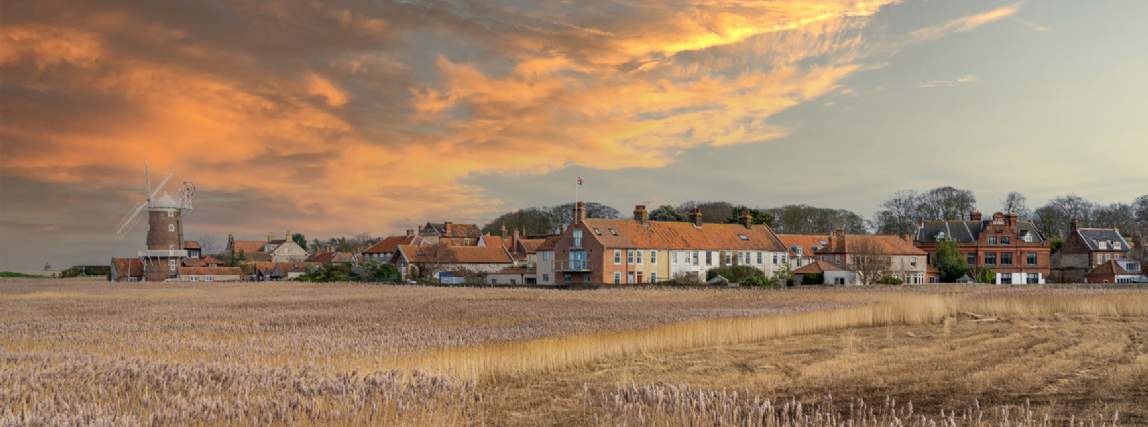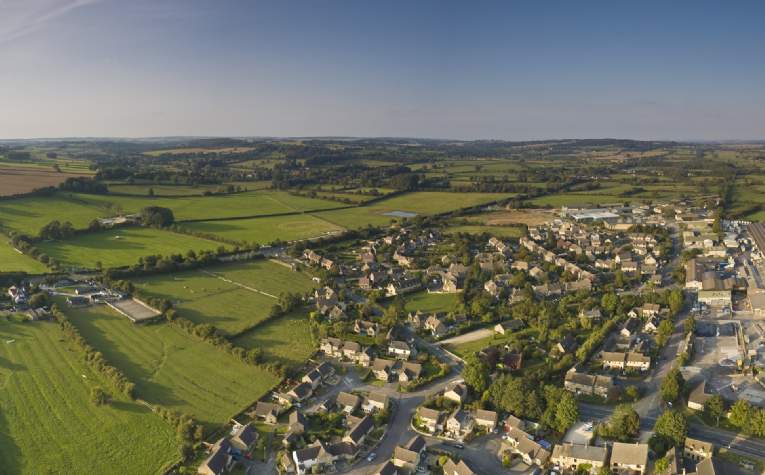In a countryside full of historic landscapes, how do farmers and landowners find a balance between respecting a treasured past and being ready for the future?
Whether made of earth and rock or bricks and mortar, our rural heritage has always had to adapt to a changing environment. Now, however, the speed of change is accelerating as net zero and climate change aspirations, the impact of Brexit, living in a post-pandemic world and the war in Ukraine come together at once.
Marrying preservation with the needs of modern society means managing issues such as the demand for new infrastructure – including housing, roads, fibre optic cables and renewable energy generation – alongside the desires of local communities. Inevitably, not everyone will agree on how best to do it.
Many heritage landscapes have been shaped by human activity and the idea of wrapping them in cotton wool, instead of allowing them to evolve as society evolves, is increasingly hard to justify.
There are farmers in East Anglia, for example, who are being refused water abstraction licences because of the possible drying impact on marshland. This will have an economic impact on their businesses. As the human activities which created those marshlands in the first place have changed, and the climate is changing too, should we still try to hold on to them?
Or take upland landscapes, many of which are held very dear yet the farming that takes place there – and has shaped their appearance – is often uneconomic without subsidies. What will happen if the demands of the net zero agenda fundamentally alter what those landscapes look like, with extensive tree planting and rewilding, given that these areas also rely heavily on tourism which is attracted by the current scenery and views?
Preserving heritage when the original economic justification has reduced or disappeared, involves tough decisions – not just for the site owners but at a community and policy level.
The concept of ‘just transitions’ accepts that some people will be negatively affected by change, and seeks to ameliorate the impact via investment, community engagement, dialogue and collaboration.
Rural estates which are successful at striking the right balance don’t just rely on a strong financial platform, but couple it with a clear strategy and direction of travel. Large historic properties that already have a visitor attraction business tend to be connected with their audience, which makes it easier to engage. For smaller historic properties it can be a more difficult task, but it’s essential as they often hold assets that have a direct impact on the economic and social viability of local communities.
Society is becoming ever more engaged and takes a higher level of responsibility when it comes to our heritage. This inevitably means the public is prepared to hold land and property owners to account. Good communication is key.
- For more on the place of heritage in the countryside and up-to-date rural news and views read our latest edition of Aspects of Land.
Further information
Contact Sarah Roué or Guy Russell

.jpg)
.jpg)

.jpg)
.jpg)
.jpg)
.jpg)
.jpg)
.jpg)
